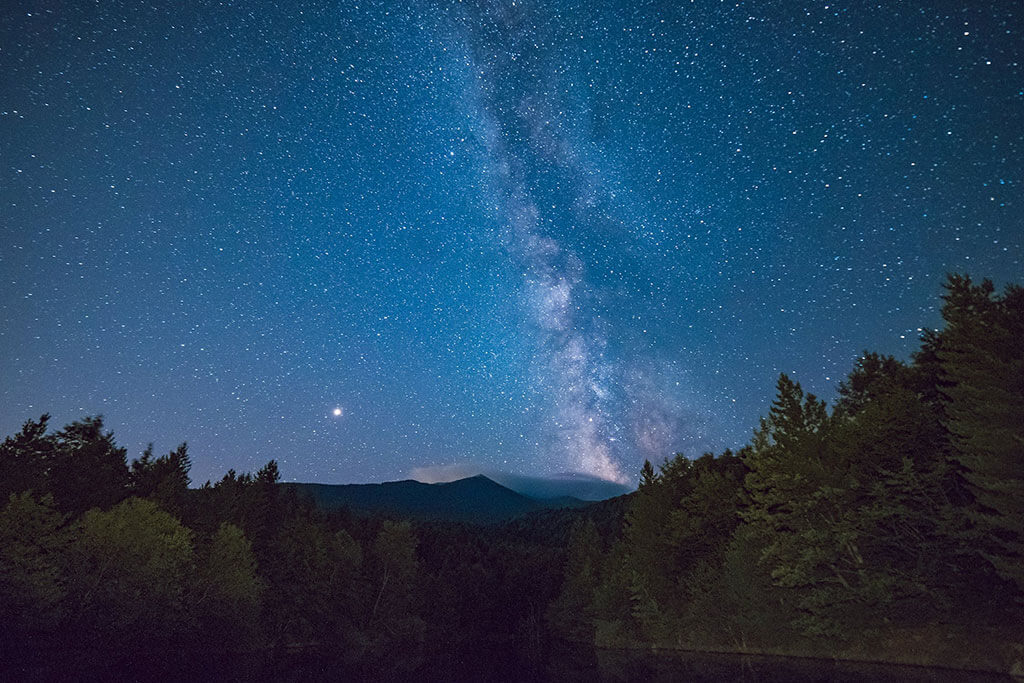
16
March
UofT Planetarium: Grand Tour of the Cosmos (SOLD OUT)
Showtimes: 7:00pm, 8:10pm, 9:15pm

15
March
Dark Sky Star Party (GO for Thursday)
See the milky way and galaxies with the unaided eye. Point your telescope to find the many dim deep space objects that sprinkle the sky. Away from Toronto's light polution, there is so much to see. We observe from the Long Sault Conservation area, an hour outside of Toronto. We meet around dusk once a month in the parking lot for views only seen in dark sky conditions. We hold this event on the first clear night of our week-long window, so the date and time are determined closer to.

13
March
UofT Planetarium: March Break Kids Show (SOLD OUT)
Showtimes: 12:00pm, 2:00pm
Rocket away from the Earth on a tour through our solar system and beyond. Starting with highlights from the Toronto night sky, this show will take you on an epic cosmic journey. We’ll follow human spacecraft on their visits to the planets and moons of the solar system, then warp far beyond the furthest reaches of human exploration to visit exoplanets, galaxies, quasars, and the very edge of the observable universe.
This show is geared to audiences aged 5-12, shows are 50 minutes long.

12
March
UofT Planetarium: March Break Kids Show (SOLD OUT)
Showtime: 11:00am
Rocket away from the Earth on a tour through our solar system and beyond. Starting with highlights from the Toronto night sky, this show will take you on an epic cosmic journey. We’ll follow human spacecraft on their visits to the planets and moons of the solar system, then warp far beyond the furthest reaches of human exploration to visit exoplanets, galaxies, quasars, and the very edge of the observable universe.
This show is geared to audiences aged 5-12, shows are 50 minutes long.

9
March
RASC Mississauga: Making The Moon
The Moon is an important part of our everyday lives. It regulates the tides and stabilizes the tilt of Earth's rotation axis, playing an important role in making our planet the place it is today. The lunar phases were also used to construct the first calendars, and the Moon was the first celestial body studied in detail by astronomers, not to mention the only one that has been visited by humans so far. Compared to other satellites in the Solar system however, the Moon is unusual, so how did it come to be? Dr.

9
March
Hamilton Amateur Astronomers: Astronomy 101 and your Guide to Note-taking
Following up Jim Wamsley’s introduction to telescopes in Part 1, John Gauvreau now guides you through what a beginner can expect from their very first views through that scope.

9
March
UofT Planetarium: Grand Tour of the Cosmos (SOLD OUT)
Showtimes: 7:00pm, 8:10pm, 9:15pm

8
March
McMaster Space Initiative: Space Industry Night
Always wanted to work in the space industry? Looking to explore new and exciting career paths?
Come speak to industry professionals about how you can get involved in the space industry with guests from MDA, Skywatch, VanWyn, and more! We have a great line up of panelists to start off the event consisting of McMaster students and alumni who currently work in industry to share their experience and advice. Light refreshments will be provided.

8
March
Perimeter Institute: Inspiring Future Women in Science 2018 (WEBCAST)
Celebrate International Women’s Day with a live webcast event featuring inspiring talks by women currently working in science, technology, engineering, and math.

7
March
Speaker's Night: Gravitational Waves: The Sirens of the Universe
Watch the recorded video: https://youtu.be/K1AGhzRTcGQ

7
March
Perimeter Institute: The Weirdest Stars in the Universe: Emily Levesque Public Lecture
How big can a star get? Why would a star only pretend to explode? Can you hide one star inside another?

7
March
ASX Panel Discussion: "Is Anybody Out There?"
Come ask our diverse panel of five PhD students any of your burning questions about the current (and future) search for extraterrestrial life! This event will be run as a guided discussion, with a host/moderator posing a variety of general questions to the panel, however you (the audience) are encouraged to bring your own questions! Some of the topics that will be covered are: - Current search efforts and how they are performed (ie.
